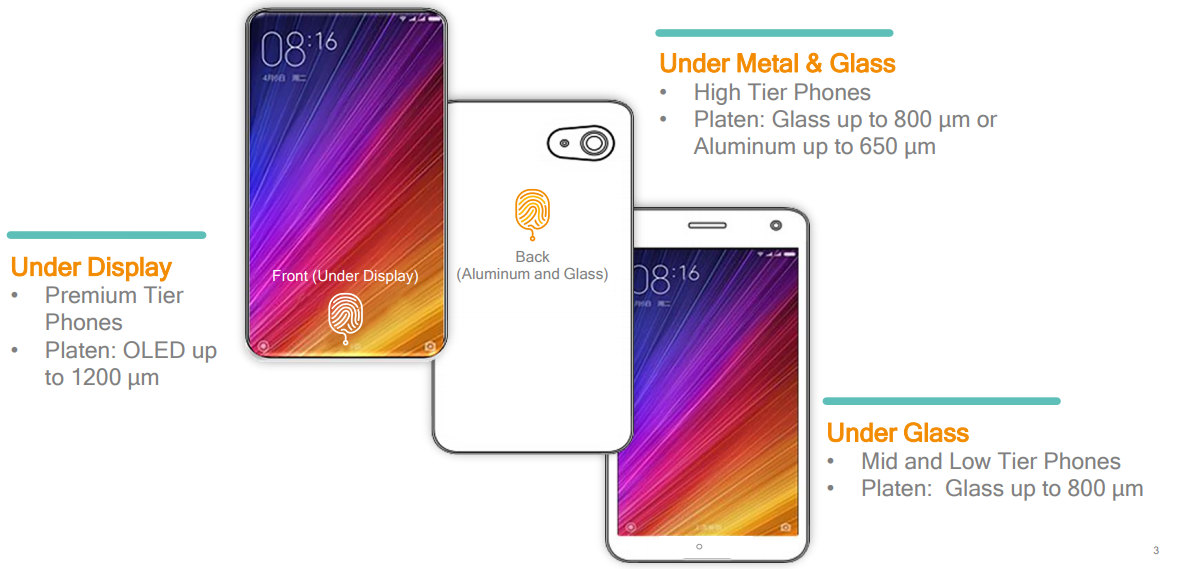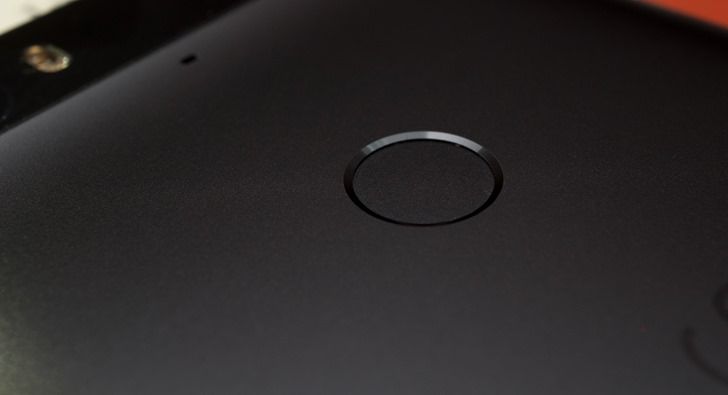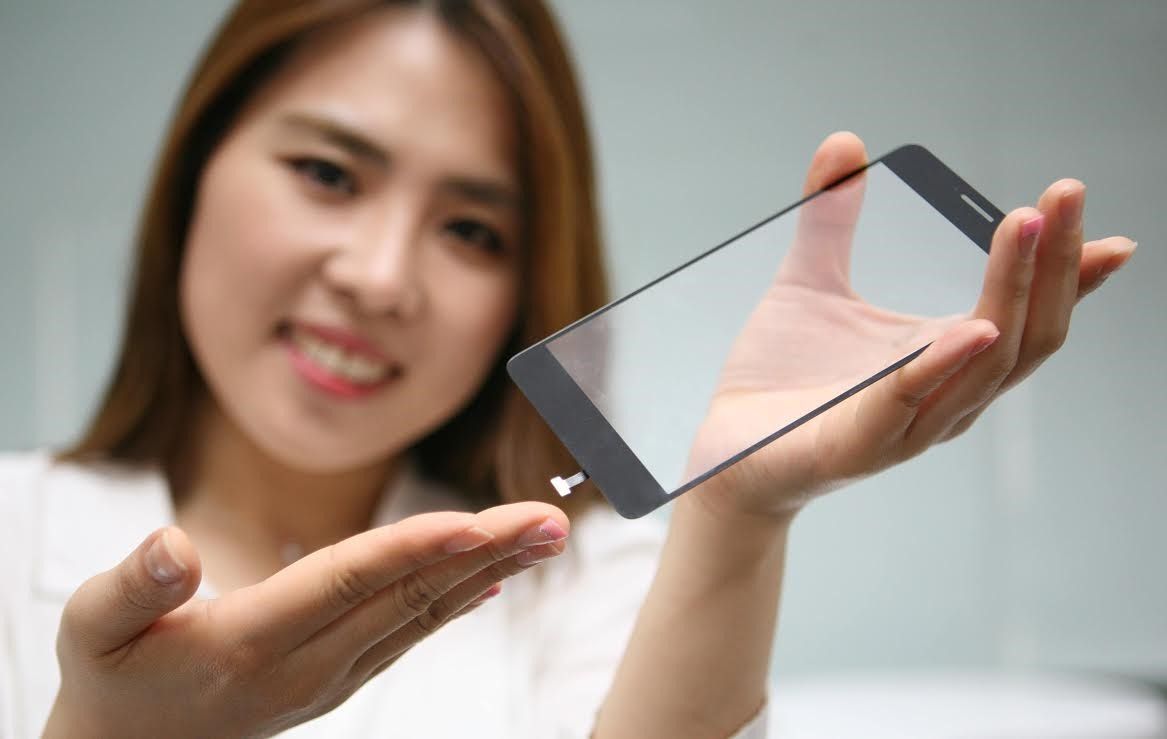latest
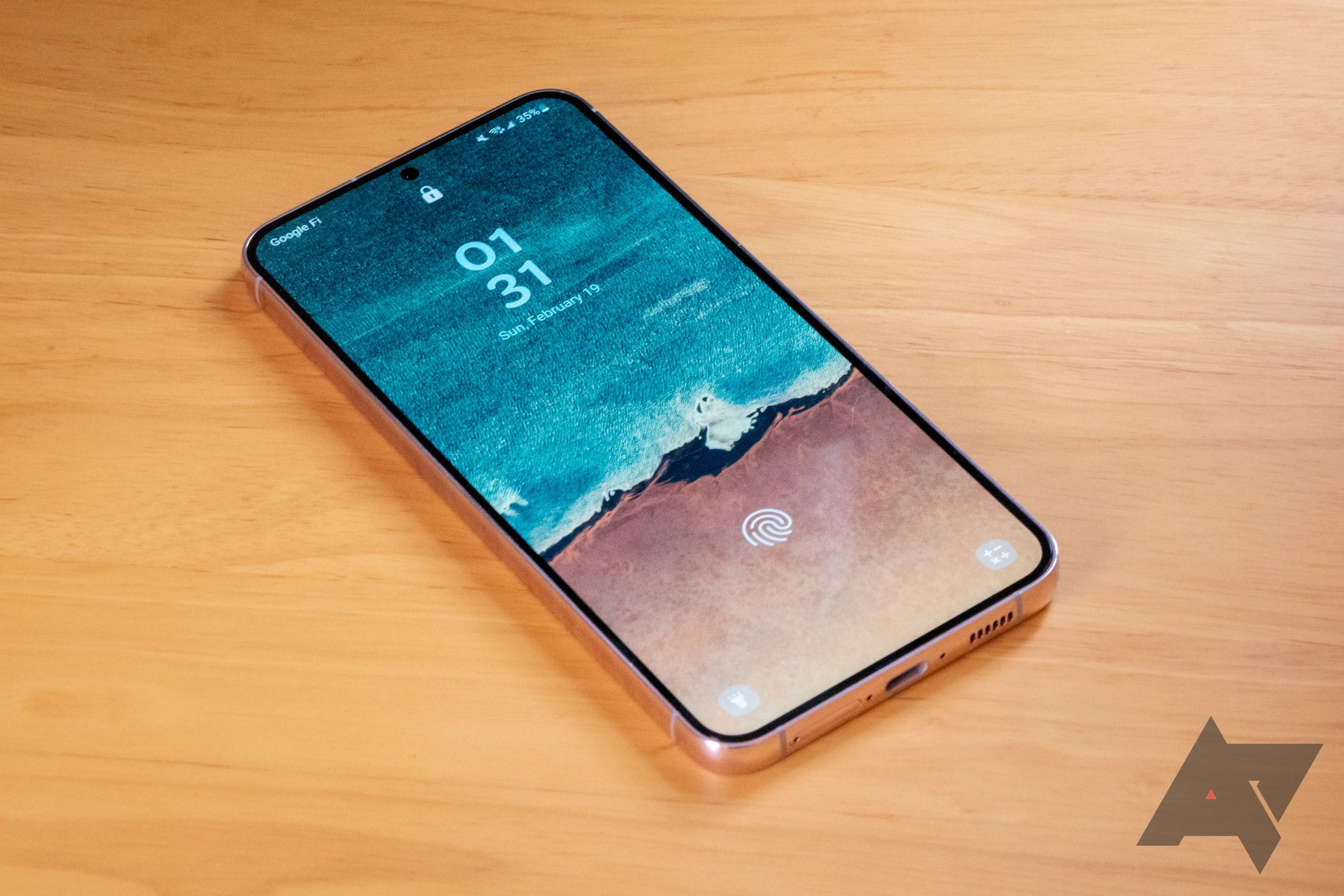
Some Samsung Pass users have found the fingerprint scanner is missing
Where did the fingerprint scanner go?
We can find a plethora of password manager apps scattered across the internet today. However, Samsung Galaxy device owners have a first-party solution to perform this task, known as Samsung Pass. However, the introduction of Samsung Wallet — which consolidated the attributes of Samsung Pass and Samsung Pay — meant that Pass went on the backburner a little bit. Despite this change, there are still many who continue to use Pass as a password manager on their Galaxy smartphones. But things seemingly aren't working as they should, with multiple user reports claiming the Pass app is failing to let users in.
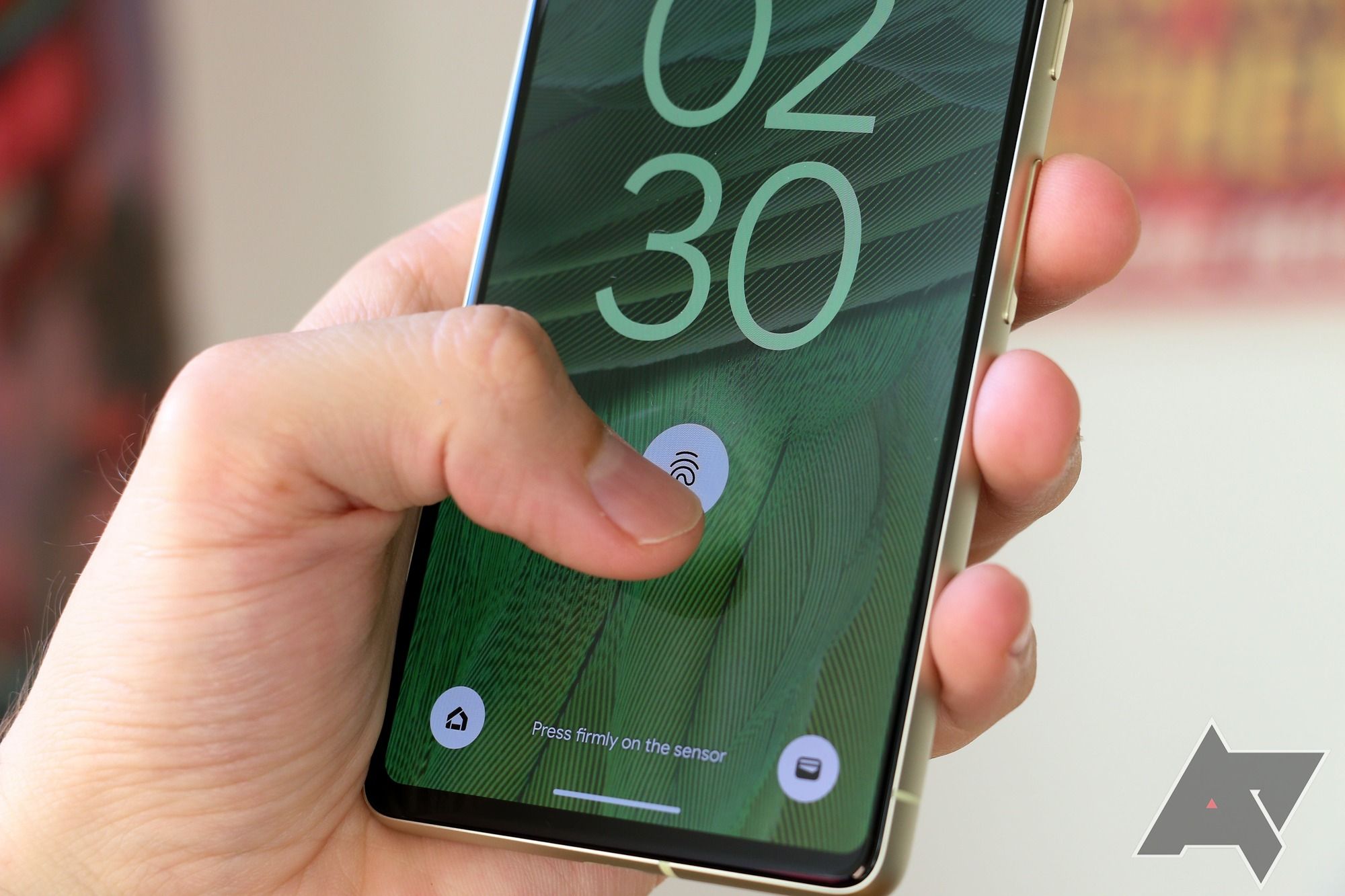
The solution to Pixel fingerprint scanner problems may be right under your nose
No, it's not a software update
For as useful as in-screen fingerprint scanners are, sometimes they'll just flat-out refuse to authenticate you. While some devices, like recent models in the Galaxy S lineup, use more secure and faster ultrasonic sensors, Google's Pixel 6 and Pixel 7 series feature a weaker optical sensor beneath the display. These scanners aren't necessarily terrible, but often, they will simply refuse to read fingerprints and prompt you to enter your PIN instead. After software updates didn't quite improve the sensors, Reddit users have found a way to make them work a little bit better.
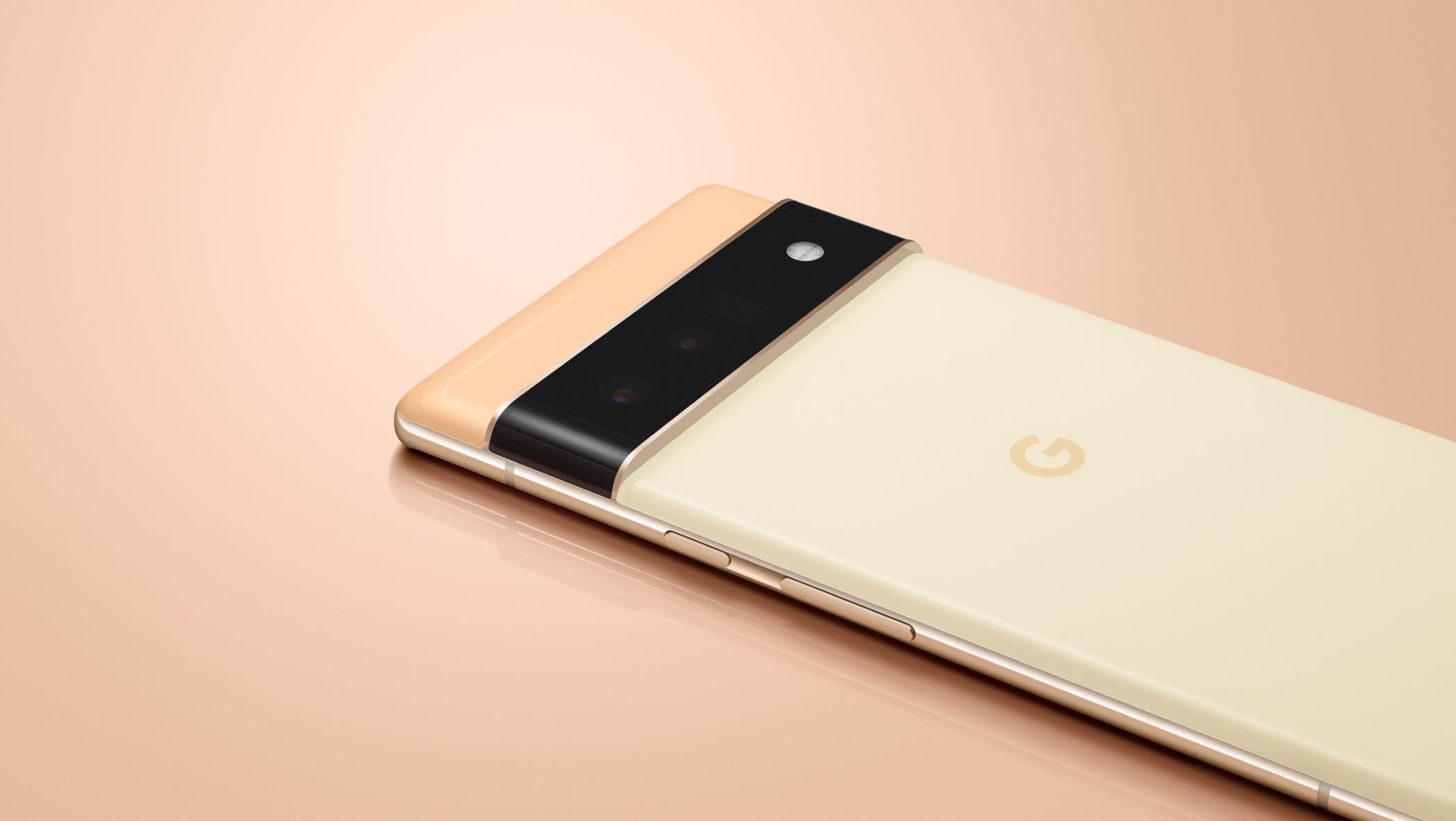
Hiroshi Lockheimer leaks possible Pixel 6 Pro lockscreen showing fingerprint sensor placement
Android SVP posted, and then deleted, the screenshot on Twitter
The Pixel 6 and Pixel 6 Pro haven't been fully unveiled, but Google already shared a great deal about them when it announced the upcoming phones earlier this month. We've seen lots of images of Android 12 running on the new devices, but none of the lockscreen shots have hinted at the location of the in-display fingerprint sensor. Hiroshi Lockheimer may have just given that particular game away.
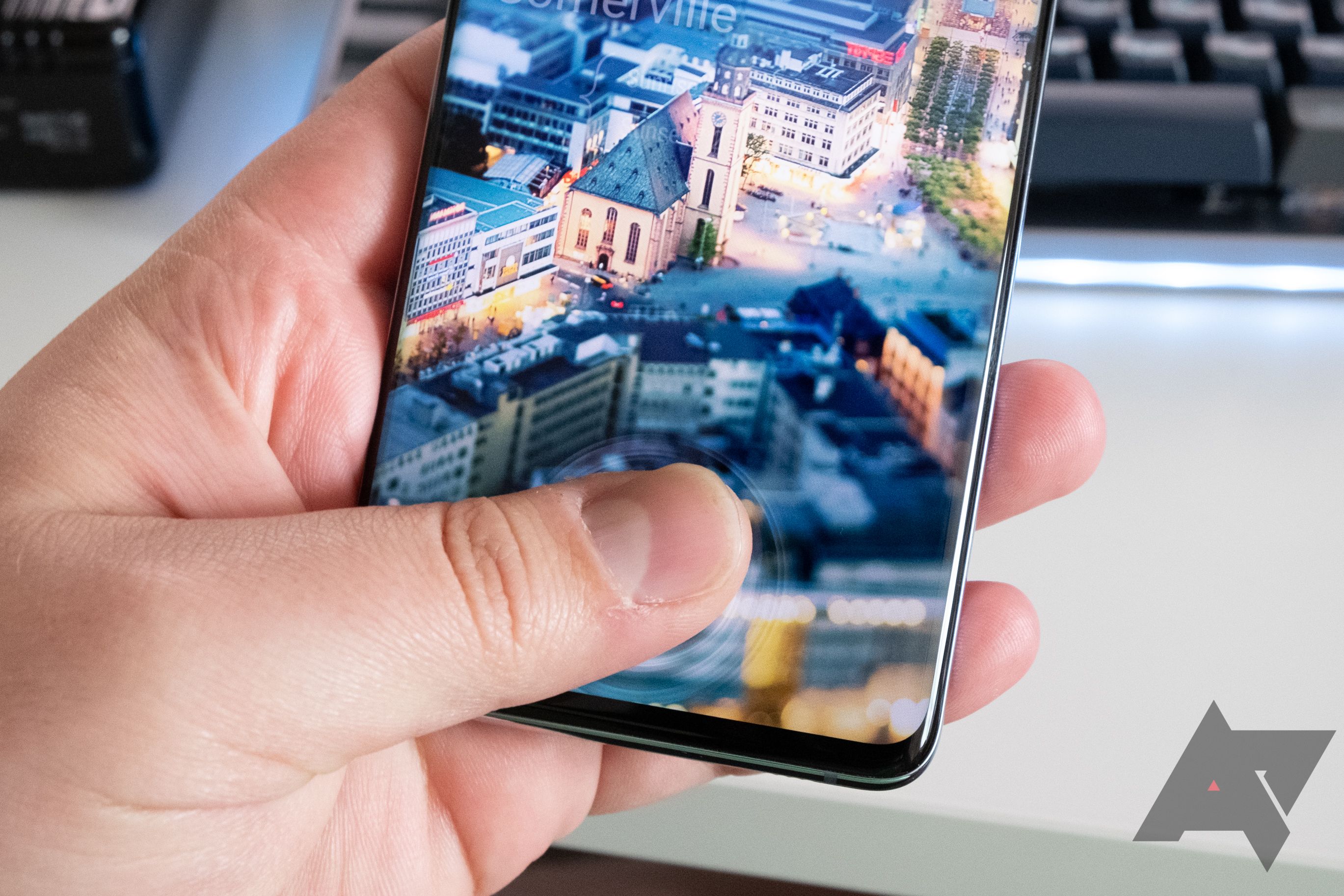
Samsung really talked up the ultrasonic fingerprint scanner on the Galaxy S10 when it launched. It was supposed to be faster and more secure than other methods. We knew the first part wasn't true soon after launch, but we only found out how easy it was to fool the sensor a few days ago. Cheap screen protectors could allow any fingerprint to unlock the S10 and Note 10 phones, but Samsung promised a quick update. Samsung has now pushed notifications to phones promising the OTA will start in about 24 hours.
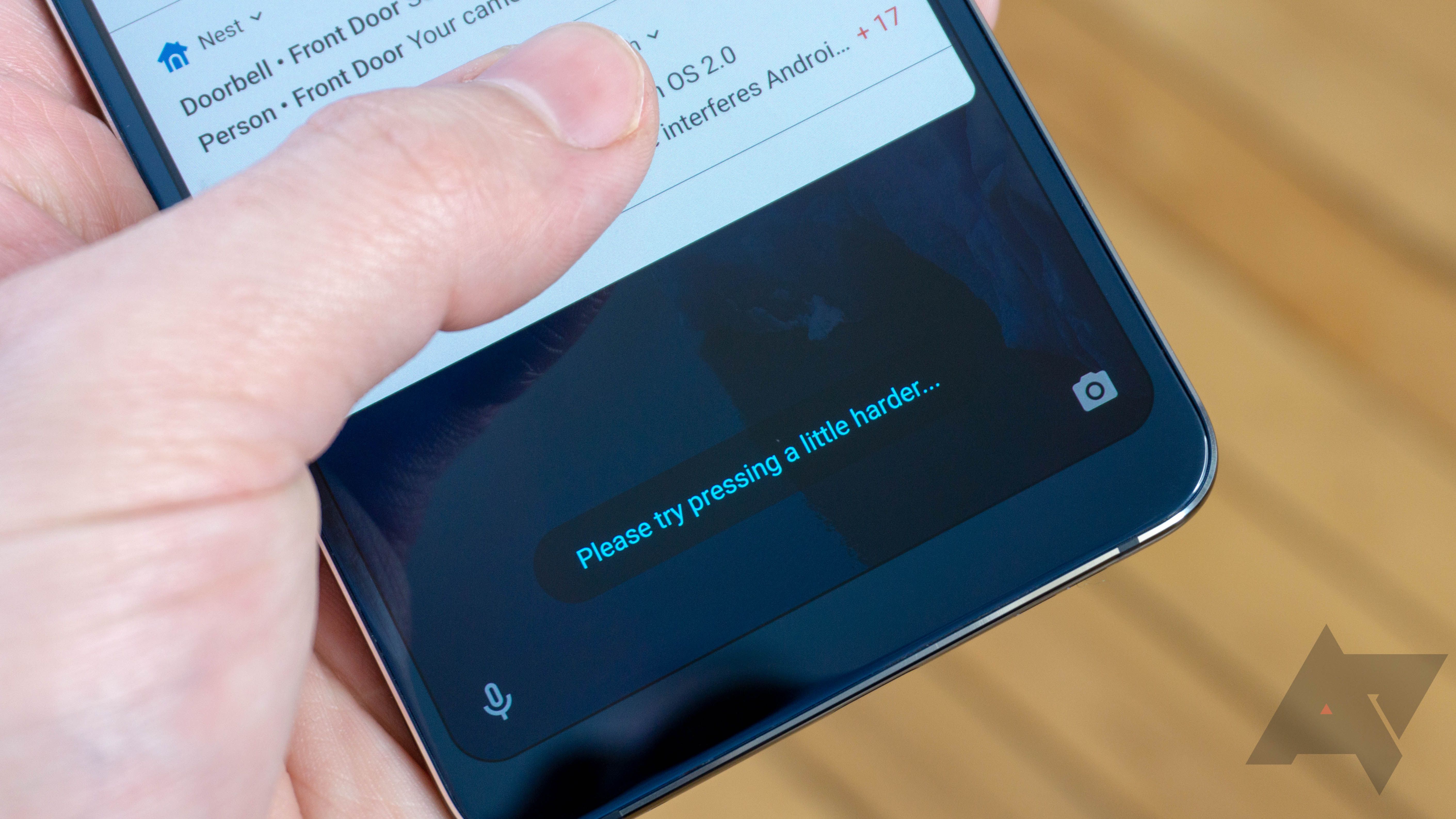
There's a lot to like about the Nokia 9 PureView: it's got a unique camera setup, its construction feels high-end, and it's generally a solid performer. The in-display fingerprint scanner, though, just doesn't work as well as it should. Or at least it hasn't up until now — Nokia is pushing an update that's meant to address the scanner's poor performance.
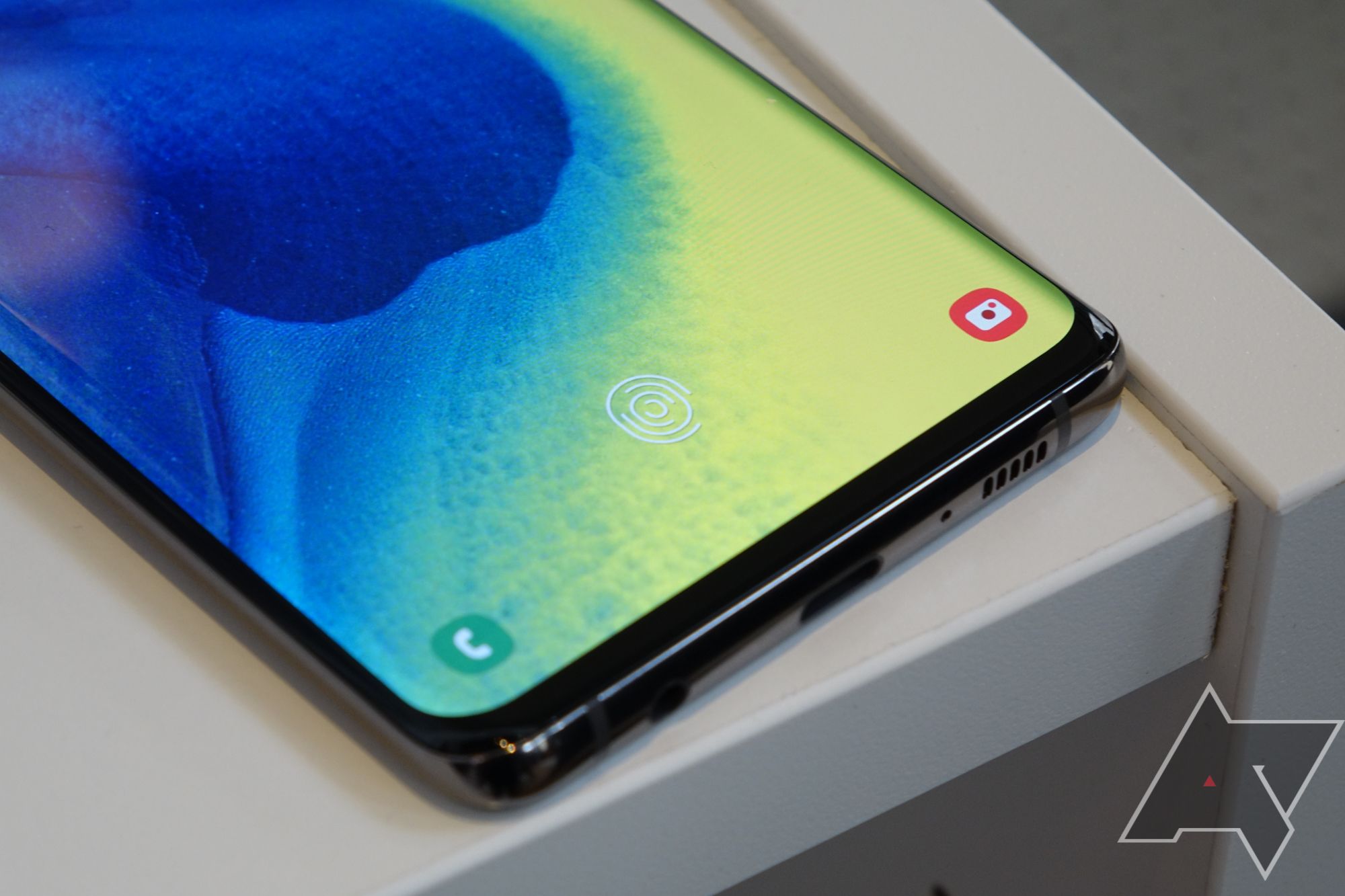
Samsung has just announced its latest super-duper flagship phone, and among the new features it boasts is the world's first commercial ultrasonic fingerprint sensor under a display. We've seen other in-display scanners on phones from the likes of OnePlus and Huawei, but they use optical technology instead. This new ultrasonic method is supposed to be better in more ways than one — let's take a look at why.
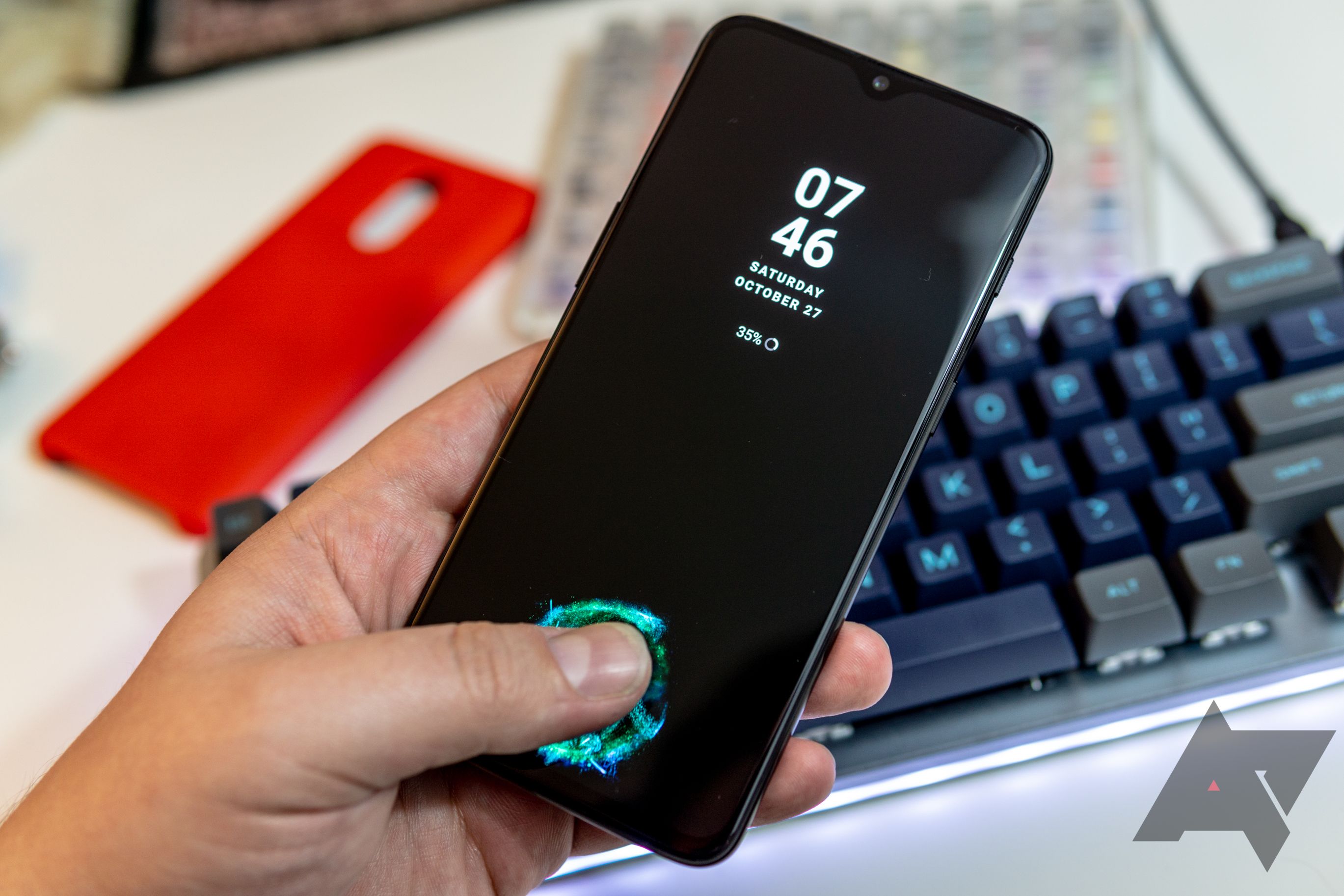
Fingerprint sensors mounted under phone screens have finally made it to market, and the OnePlus 6T is one of the first phones with the new tech. In our review, we found that the in-display sensor isn't as fast as previous OnePlus phones' fingerprint sensors have been, though it's still quick enough. However, in a recent blog post, OnePlus explains that the 6T's sensor will actually improve over time.
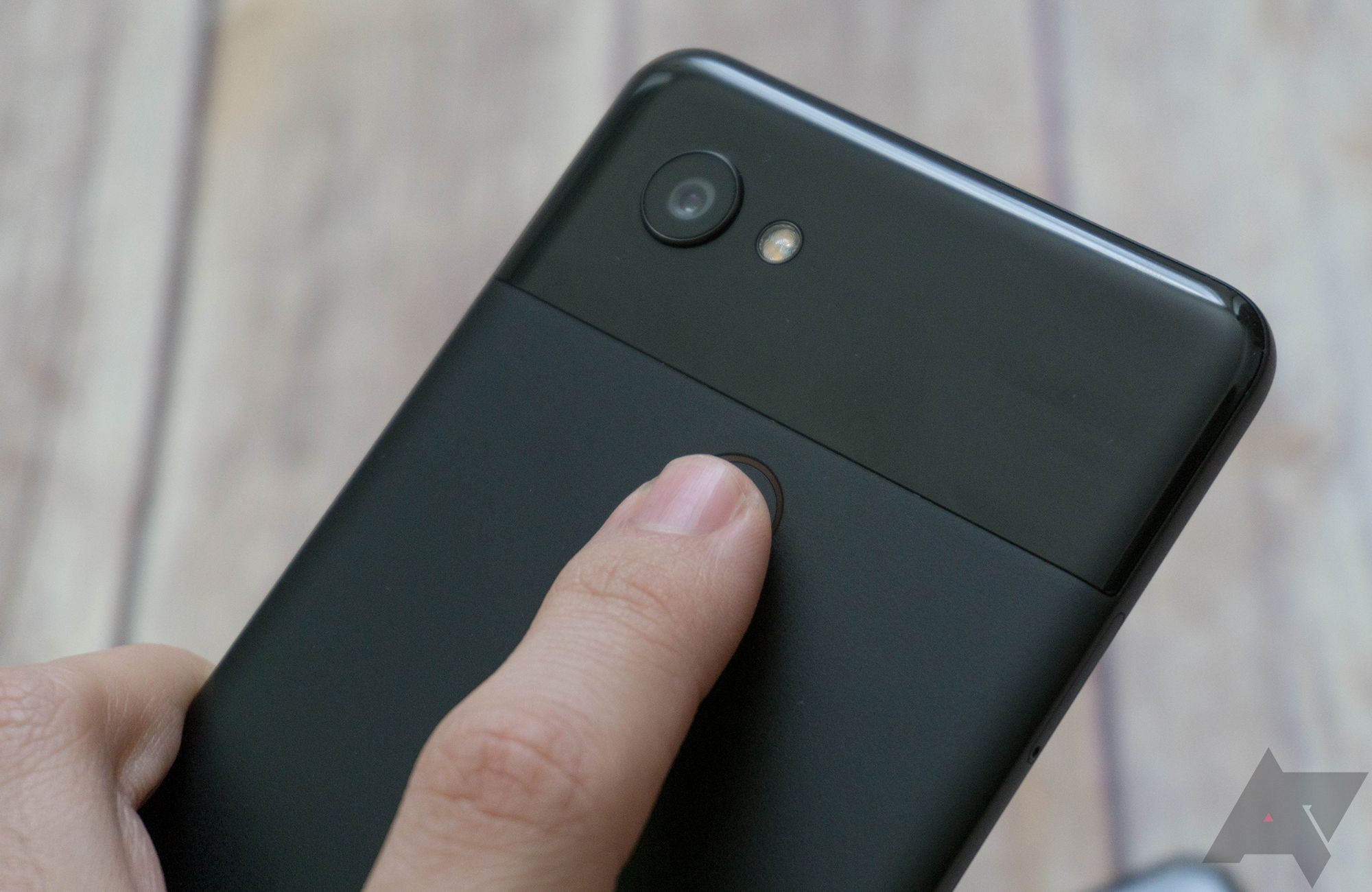
Working with biometrics is always a balancing act. With passwords, authentication is simple — either it matches or it doesn't. But when that "password" is part of a user's body, whether a face scan, iris match, or just a regular old fingerprint, systems have to anticipate and account for a little bit of wiggle room. After all, you don't want that face scan failing because you got a pimple, or your fingerprint rejected because you touch the sensor at a slightly different angle each time. But now a new attack takes advantage of the flexibility programmed into these systems, generating fake "universal" fingerprints.
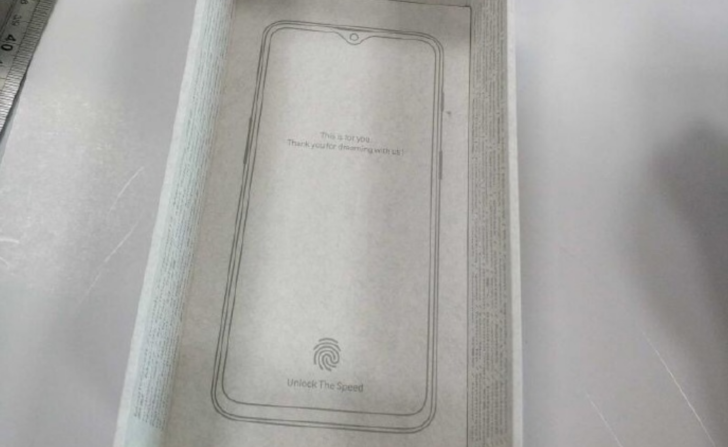
The OnePlus 6T was rumored to have an in-display fingerprint sensor ever since the Oppo R17 debuted with one. OnePlus phones are often based on one of the R-series devices and as the timing lined up with our expectations for the 6T, we collectively figured it would get one as well. Last week's alleged leaks of the phone's packaging seemed to corroborate that, and now Cnet has received confirmation from OnePlus (with screenshots) that the 6T will have an in-screen fingerprint reader.
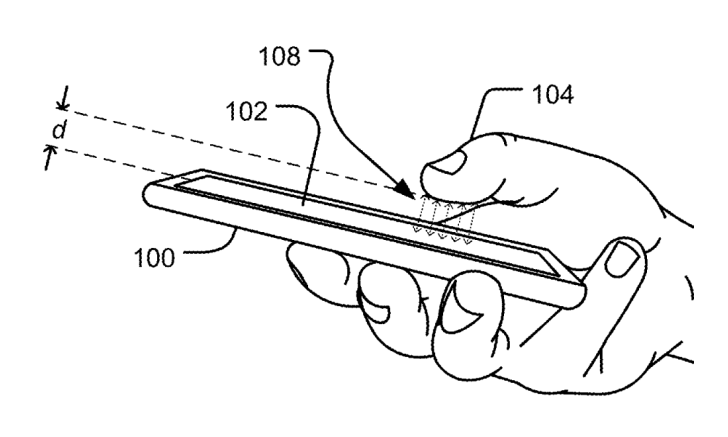
Many of us are perfectly happy with the fingerprint scanner positioned on the back of our phones — where there's plenty of room even as bezels on the front shrink. However, under-display sensors continue to be heralded as the next great innovation in mobile tech. Vivo has shown everyone else what's possible and other OEMs are sure to follow suit, hoping that the wow-factor alone will move consumers to get on board.

You're reading a gripping article or story on your phone and suddenly, the display goes a little dim. You know the 30 seconds or 1 minute display timeout you've set is great for regular use, but for reading stacked pieces of text, it's not nearly enough to get through one screen. So you touch the display a little, maybe swipe up and down, just to keep it from sleeping and you continue reading. With Android P, you can do something else: touch the fingerprint scanner.
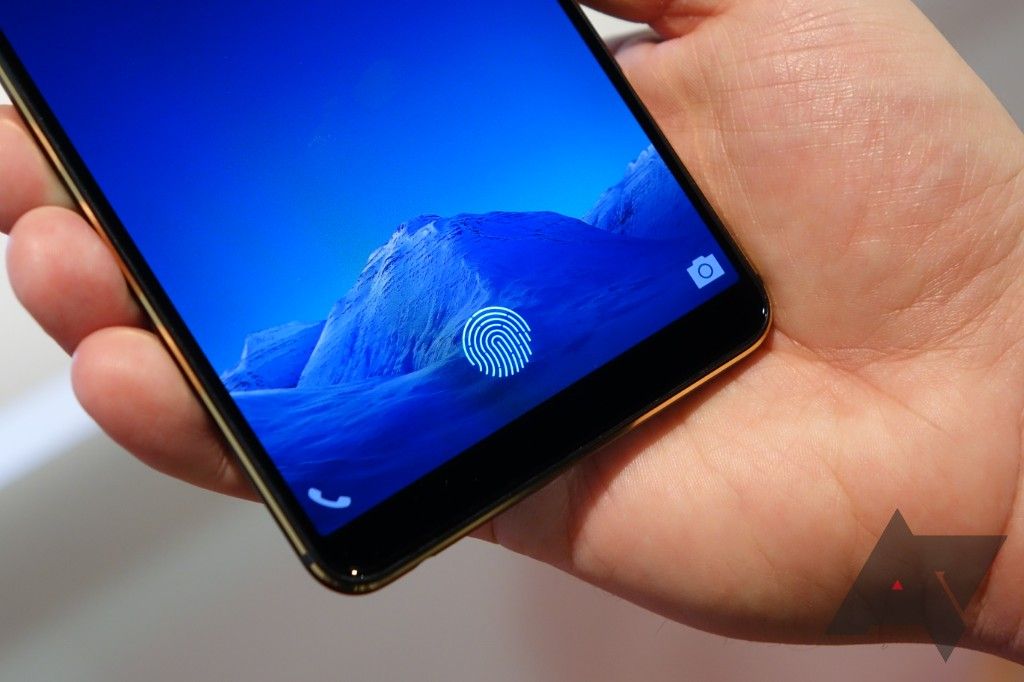
Here at CES 2018, I had a chance to look at what some of us probably considered mere fantasy a few short years ago: a fingerprint scanner that can see through a smartphone display. It sounds like something that must be so complex it would be beyond explanation, but really, the basic principles aren't terribly difficult to grasp.
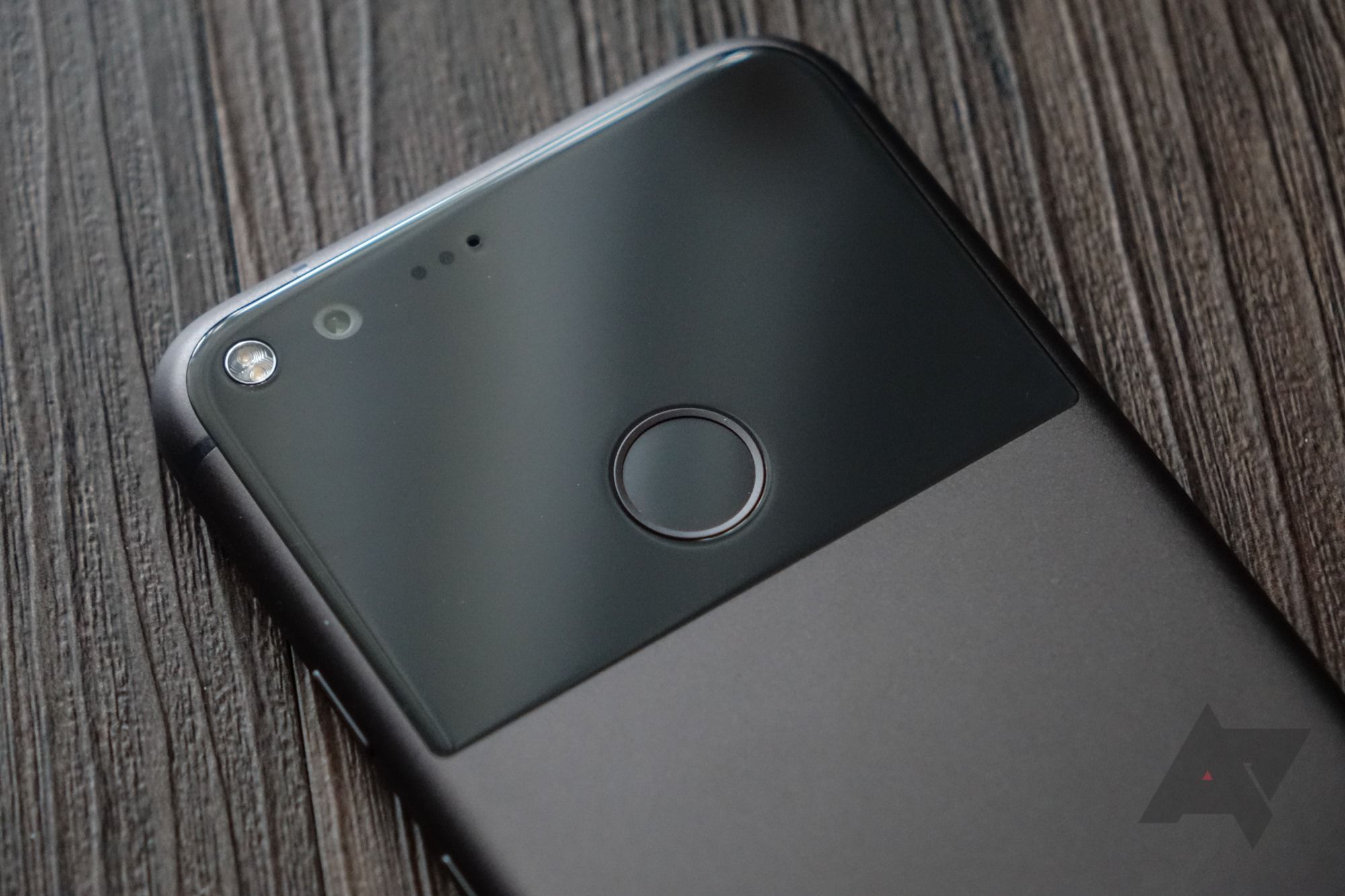
Swiping down on the fingerprint scanner to show notifications came as a gesture with the Pixels last year and resulted in a lot of drama before it was enabled for Nexus 5X and 6P phones in Android 7.1.2. With Android Oreo 8.0, the fingerprint scanner gesture API was opened up to developers so they could make their own apps with it.
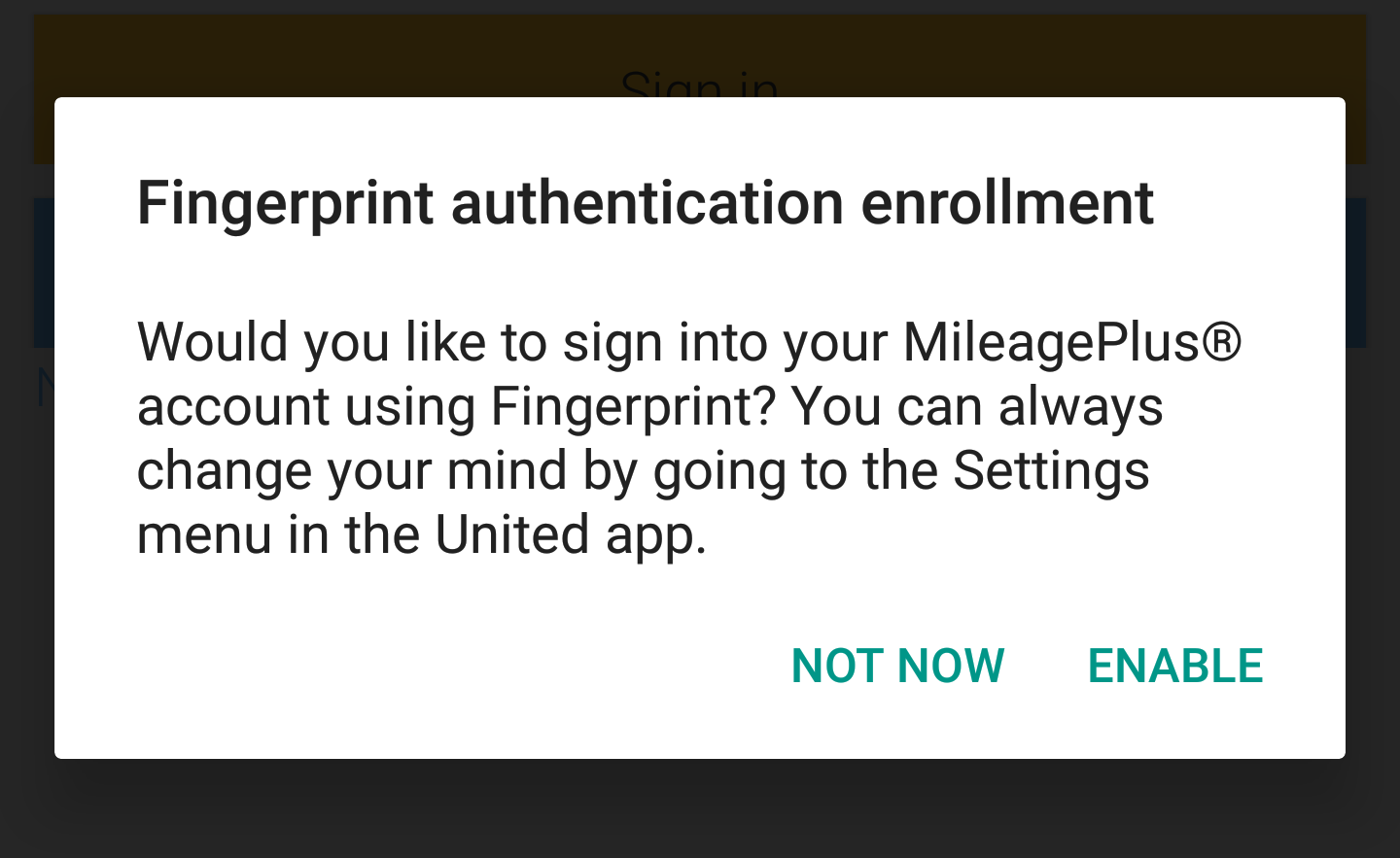
Frequent United flyers may find themselves using the airline's Android app more often than they realize. The latest update cuts down on how often you have to type out your password as you sign in to your MileagePlus account. Now you can tap a fingerprint scanner instead.
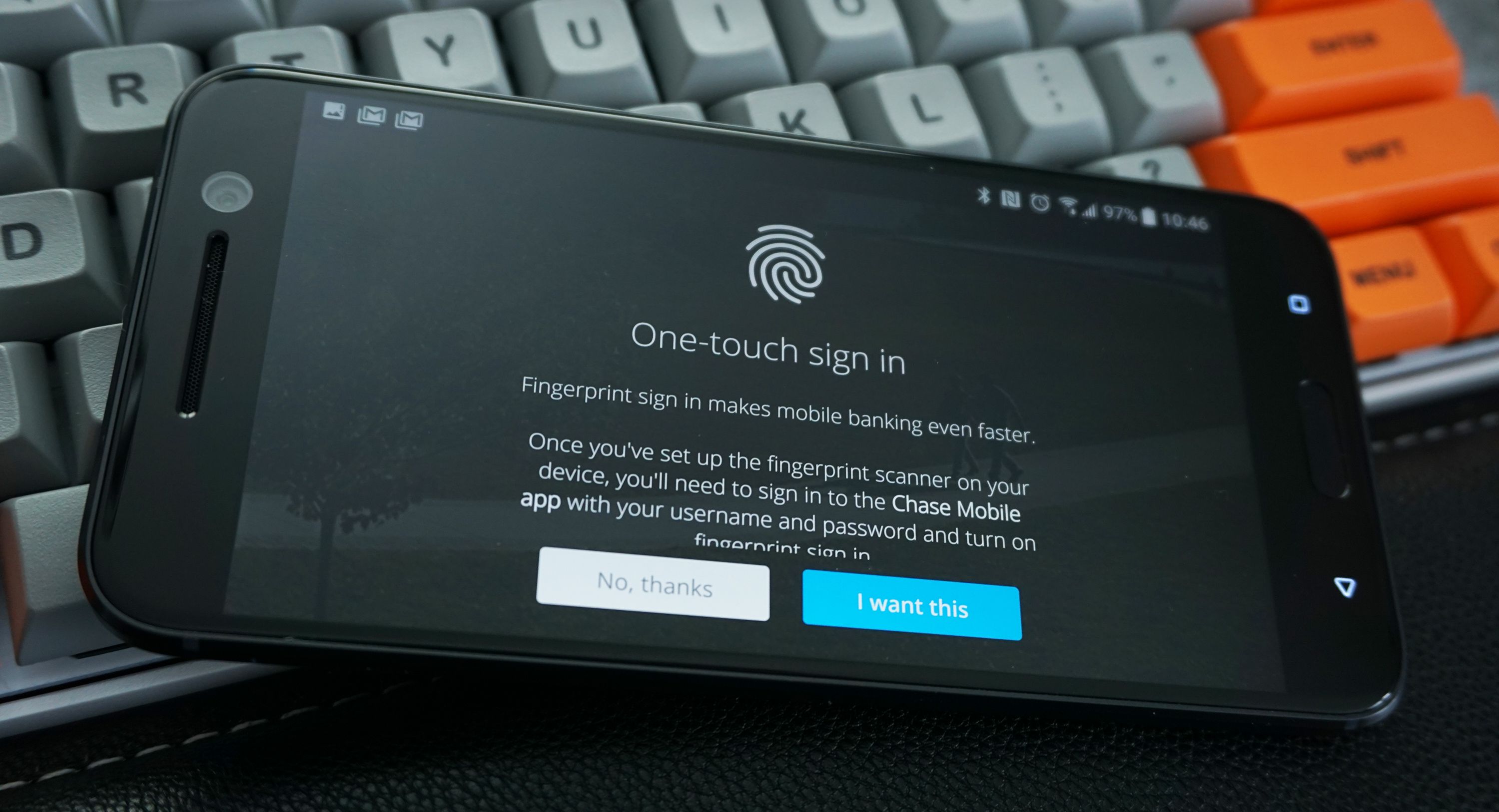
Most of the top Android phones (and even some mid-range ones) are shipping with fingerprint readers these days. App developers are starting to take notice and add support to apps, and today an important one for many people has been updated. Chase Mobile, which has tens of millions of downloads, now supports fingerprint logins. Bank of America just did the same a few days ago.
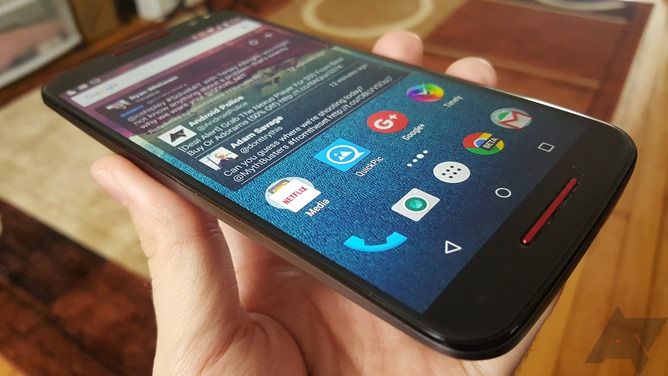
Read update
- It looks like that Lenovo representative may not have been entirely correct, or else there's some miscommunication between what was said and Digital Trends' report. A Motorola representative, unnamed but directly quoted by The Verge, said that the company has no plans to phase out either the Moto G or Moto E.
Years after Chinese electronics giant Lenovo purchased Motorola, the lines between the two companies are starting to blur. The status of Motorola as its "Moto" lineup becomes a sub-brand of Lenovo is still somewhat up in the air. According to a post from Digital Trends, the Moto line will be positioned as a more high-end option, as opposed to serving a wide array of market segments as it does now. This will be accomplished by putting minimum specs on the various Moto X models, and merging the hardware currently known as the Moto G and Moto E with the Lenovo side of the business.

Fingerprint reader support is one of the big pushes of Android 6.0 Marshmallow, but it's not just limited to the lock screen. Google has an option in the Play Store to authorize app purchases with a fingerprint, which we first spotted in a teardown of the v5.9 client. Now it's live for 6.0 devices that have fingerprint readers like the Nexus 6P and Nexus 5X.









